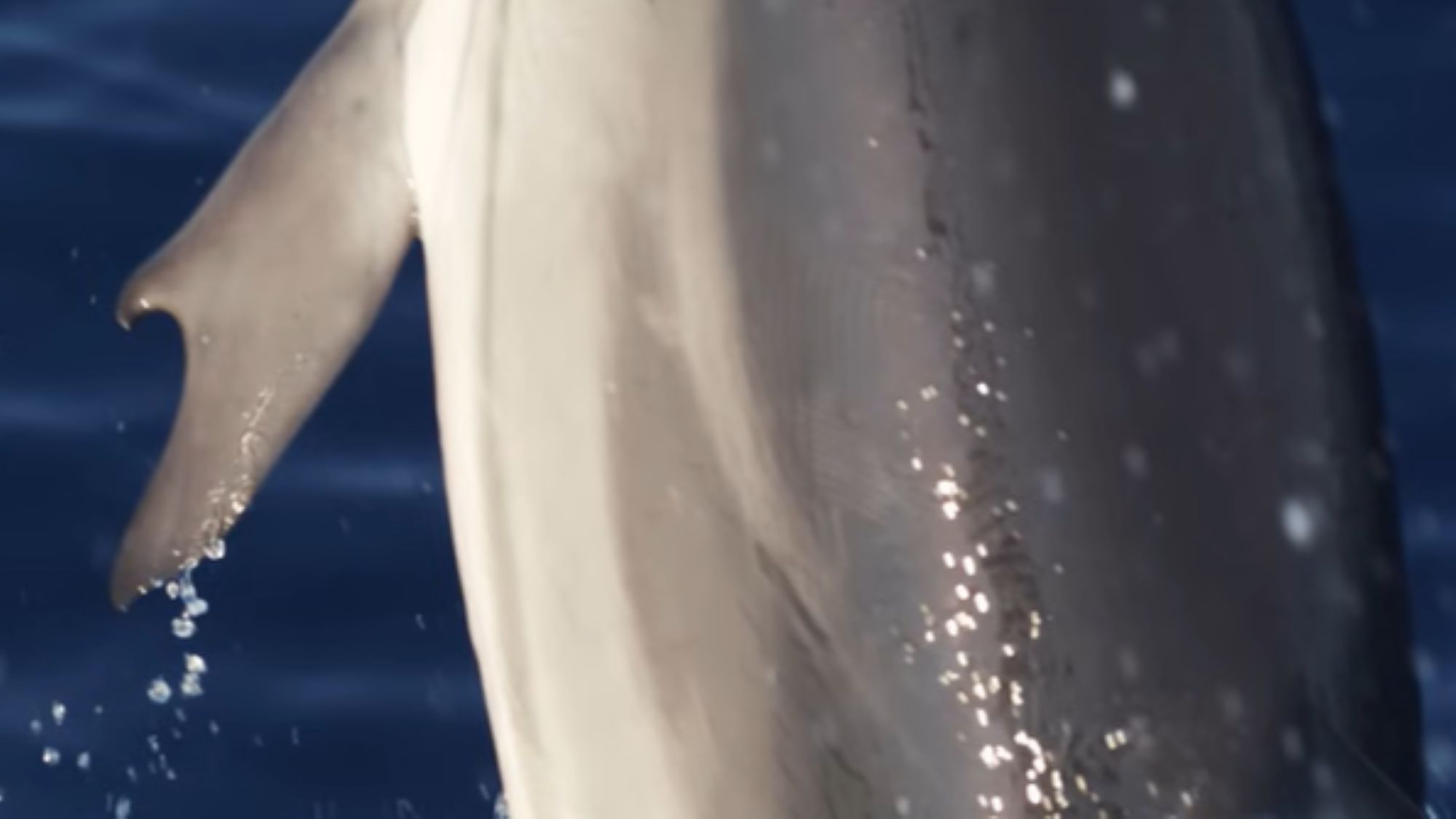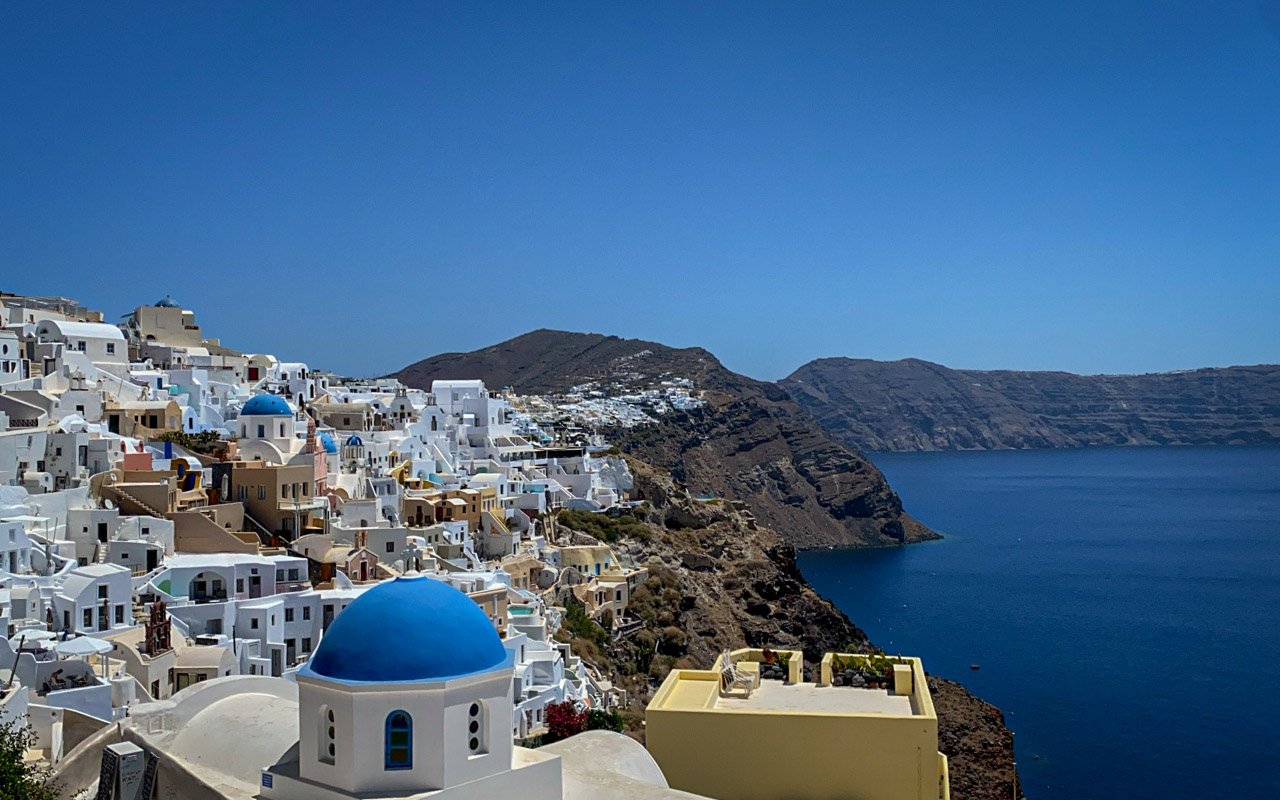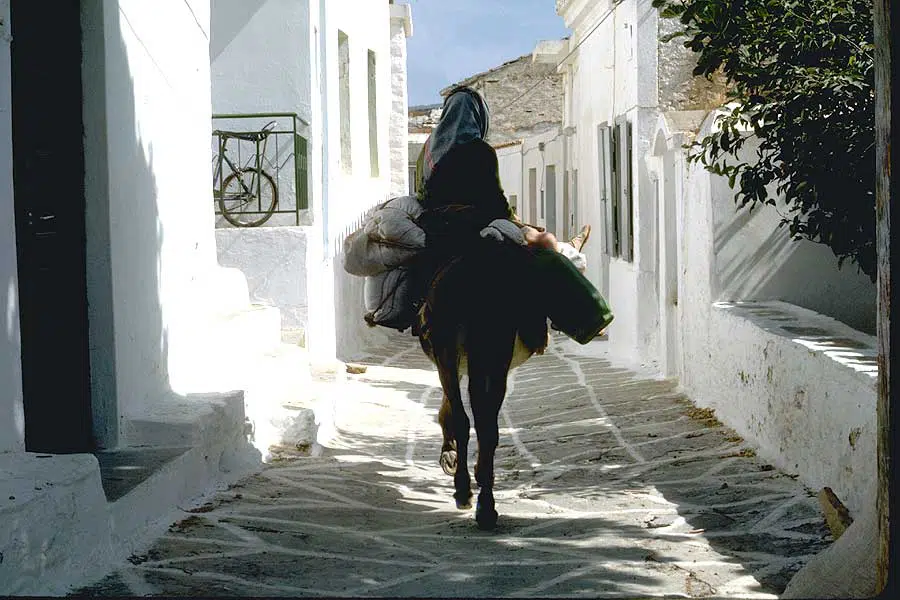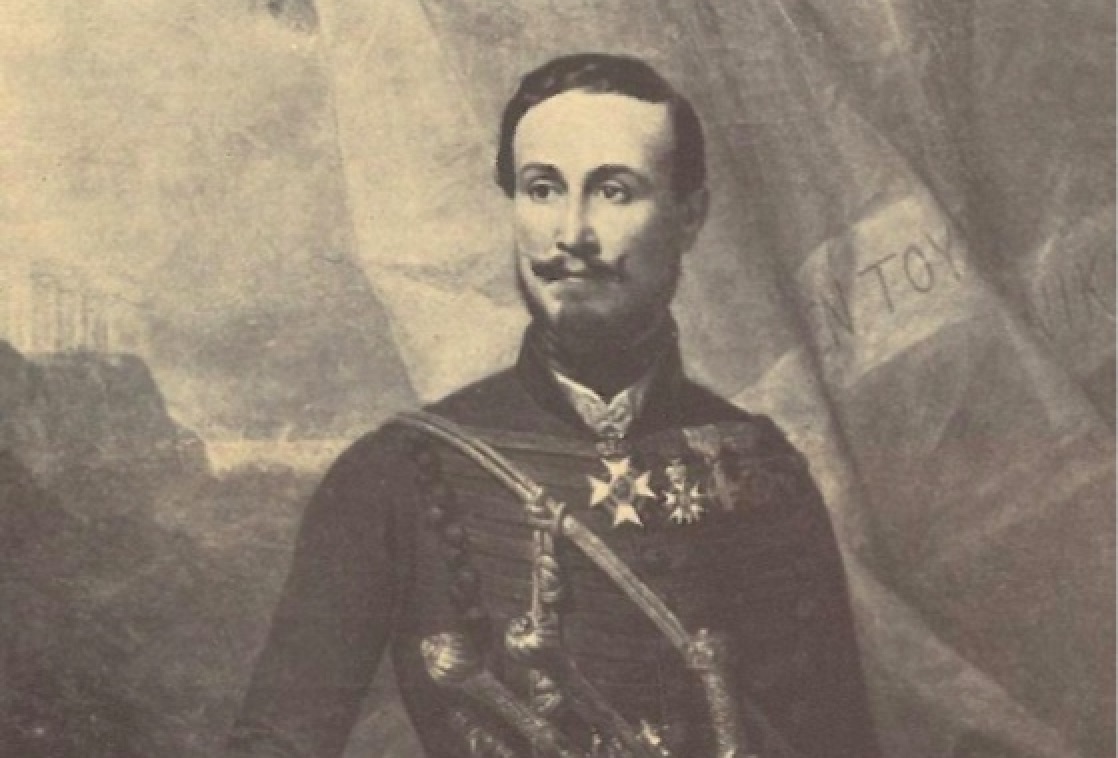
No other ancient historian the likes of Thucydides has ever written a book as insightful on the mechanisms and morals of war as History of the Peloponnesian War.
The history of the armed conflict between ancient Greece’s most emblematic city-states, Athens and Sparta, as well as their allies, the Delian League and the Peloponnesian League, respectively, in the words of Thucydides is an invaluable text. Today, it is taught not only in history classes but also in political science, international relations, and philosophy university courses.
The Spartans, watching Athens achieving dominance in the Aegean and the Eastern Mediterranean due to their intrepid naval force, declared a preemptive war to thwart their rising power.
Thucydides was an Athenian. Therefore, one would assume that his account of the Peloponnesian War was biased. That was not the case, however. Instead, he was impartial and his writing as factual as possible. For that reason, he was described by some as the “father of scientific history.”
In his only book, he goes beyond the actual war. He delves into the causes from both perspectives, dissects their motivations, questions the politics on both sides, and judges the leaders as fairly and impartially as possible.
The Peloponnesian War started in 431 BC and ended in 404 BC with the Spartans’ victory and the demise of Athens’ mighty naval force. Consequently, it marked the end of its hegemony in the Eastern Mediterranean. More so, it signified the end of the Golden Age of Athens.
However, the book of the great ancient Greek historian ends abruptly in 411 BC even though he was alive when the war ended and it appears he knew of the events that took place after 400 BC. There is, however, a continuation of History of the Peloponnesian War by Xenophon called Hellenica.
A life of experience
Little is known of the life of Thucydides. Most information about his life comes from his own writings in the History of the Peloponnesian War. He was an Athenian living in the seaside neighborhood of Alimos.
It is believed he was born around 460 BC and possibly died just after 400 BC. His father was Olorus. Olorus was not considered an Athenian name but was likely one of Thracian descent. Thucydides was related to the Athenian Miltiades, a great statesman and general. He also owned gold mines in Scapte Hyle, a Thracian seaside area across from Thasos island.
Thucydides survived the 430 to 429 BC pestilence that took the life of Pericles and thousands of Athenians. In 424 BC, he was elected strategos (general) and stationed to lead the Thasos island fleet. He fought against the Spartan alliance, the Peloponnesian League, that was led by General Brasidas.
When the Peloponnesians attacked and took over Amphipolis, Thucydides was deemed by Athenians as failing to defend the city, so they brought him back to Athens to put him on trial. He was sentenced to a 20-year exile. His war experience prompted him to write about the Peloponnesian War. His exile gave him the opportunity to travel to the Peloponnese and move there freely so that he could also assess the conflict from the Peloponnesian League’s point of view.
As an Athenian, Thucydides knew very well the reasons his compatriots went to war against the Spartans. Being an exile in the Peloponnese, he gained invaluable insight into the reasons that led the Spartans and their allies to go to war with Athens.
At the time, Athens had a democratic political system and a fearsome naval force. Sparta, on the other hand, was most powerful as a land force, with a tradition of an austere militaristic monarchy.
The first ten years of the conflict passed with the Spartans attacking by land and Athenians raiding by sea. After Thucydides lost Amphipolis to Brasidas’ army, Athenian General Cleon unsuccessfully tried to recapture it in 422 BC. Both generals were killed in battle, forcing the two sides to negotiate a treaty.
A truce that lasted six years ended when Athens launched an expedition against Syracuse, which was an ally of Sparta in Sicily. With the help of the Spartans, the Sicilians drove out the Athenians in 413 BC, destroying the largest part of their fleet.
Thucydides did not finish History of the Peloponnesian Wars. For unknown reasons, the final chapter ends abruptly in 411 BC. This is seven years before the end of the war. Nevertheless, 2,500 years later, the book remains a must-read for the academic disciplines mentioned above.
Thucydides, Herodotus, and Homer today
Thucydides was the third ancient Greek who wrote extensively about a war. Roughly fifty years before him, Herodotus wrote The Persian Wars. Three centuries prior to him, Homer wrote the Iliad, a story of the Trojan War. Both were influential works with invaluable insight into ancient Greek and world history of the time. Nonetheless, neither of those was a history book.
Homer’s Iliad was an epic story full of great heroes and capricious gods. It was the starting point of Western literature, but a history book it was certainly not. Troy was likely real, and there is a possibility it was attacked by Achaeans sometime before the Greek Dark Ages. However, there is no mention in history that Achilles, Paris, Helen, or any of the protagonists of the epic poem were real persons, as most of the protagonists are fictional characters and gods.
Herodotus’ account of the war between the ancient Greeks and the invading Persians was a history book for its time. While it provides priceless information on the two armies at war and their battles as observed by the author, who lived during that time period, most historians find it to be exaggerated and occasionally inaccurate. It is also believed the protagonists of both sides are blown out of proportion.
This is not so with Thucydides and his History of the Peloponnesian War. As Julia Kindt, Chair of the Department of Classics and Ancient History at the University of Sydney, wrote about Thucydides’ take on the Peloponnesian War:
“As a high-ranking Athenian military commander (or “strategos”), Thucydides brought to the project firsthand experience of the war, as well as an acute understanding of the complex power politics behind events on the battlefield. His analysis of the immediate and underlying causes of the war and his insight into the considerations and motivations of those fighting it remain one of the most brilliant pieces of political history to date.
His sharp analysis of the kind of forces that stir popular sentiments and drive collective decision making still resonates in the modern world.”
The lesson emerging from that war is that, essentially, there is no real winner in such a war. The outcome of the Peloponnesian War was the weakening of two ancient Greek superpowers that eventually led to the ultimate demise of both.
The name of Thucydides and the mutually destructive Peloponnesian War appears once again in modern times in a 2017 book entitled Destined for War: Can America and China Escape Thucydides’s Trap?
Writer Graham Allison, the director of the Harvard Kennedy School’s Belfer Center for Science and International Affairs, parallels the possibility of war between today’s superpowers, the United States and China, with the Peloponnesian War as analyzed by Thucydides. Allison refers to the potential catastrophic results of such conflict for both sides.
The dilemma here is whether two states can avoid catastrophic war when a rising power such as China begins to challenge the dominant state’s—in this case that of the US—control. For Thucydides, the answer is a resounding “no.” Indeed, this is a lesson taught roughly 2,500 years ago by a brilliant teacher.























